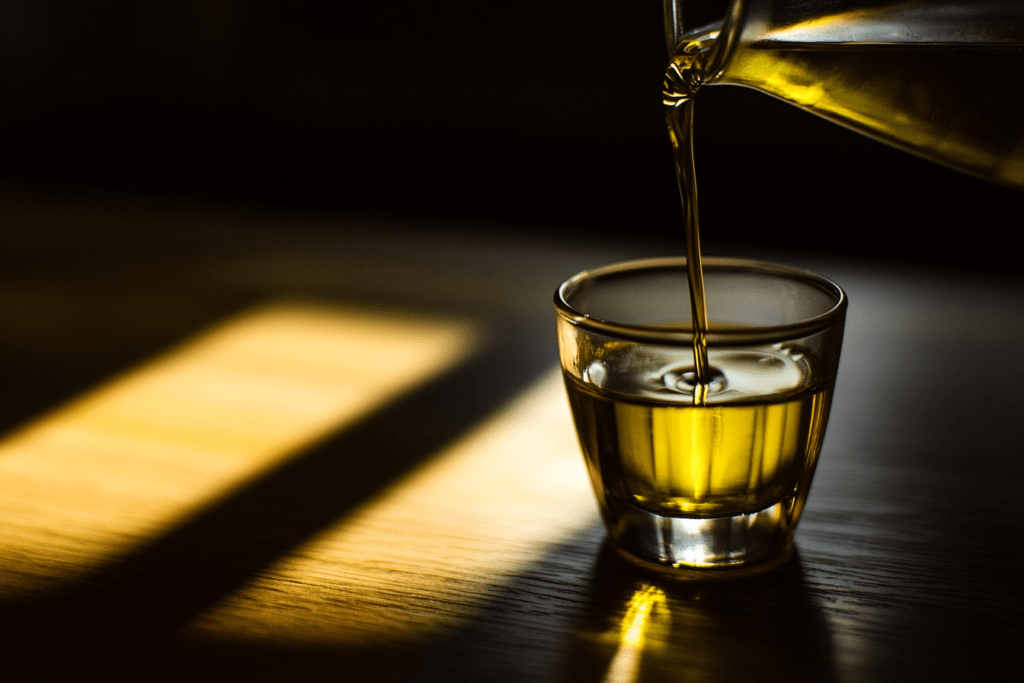Next time you reach for that bottle of extra virgin olive oil, consider this startling fact: up to 70% of olive oils sold in American supermarkets might be fake or adulterated with inferior oils. The olive oil industry faces a massive fraud problem, with millions of consumers unknowingly purchasing counterfeit products. Here’s your essential guide to spotting authentic olive oil and avoiding the fakes.
What the label really means

Start with the basics – always look for “extra virgin” on the label. Skip bottles marked as “pure,” “light,” or simply “olive oil,” as these terms often indicate lower quality or processed oils. Real producers pride themselves on transparency, including specific details about their product.
The harvest date is your best friend when shopping for authentic olive oil. Forget “best by” dates – they tell you nothing about freshness. Instead, look for bottles with a harvest date within the last 18 months. Many fraudulent producers omit this crucial information.
Smart shopping strategies beyond the label
Price matters, but not in the way you might think. While extremely cheap olive oil should raise red flags, an expensive price tag doesn’t guarantee quality. Focus on California-produced oils, which must meet stricter standards than imported varieties.
Packaging plays a crucial role in protecting oil quality. Choose dark glass bottles over clear ones, and never buy olive oil in plastic containers. The right packaging shields the oil from light and heat, which can speed up degradation.
Trust your senses when testing quality

Real extra virgin olive oil has distinctive characteristics you can detect. Fresh oil should smell grassy, fruity, or peppery. If there’s no scent or it reminds you of crayons or putty, that’s a warning sign. The taste should be complex – expect some bitterness and a peppery kick at the back of your throat.
What if you opened a bottle and noticed something off? Many supermarkets accept returns on opened olive oil if you’re unsatisfied with the quality. Don’t hesitate to return a suspicious product.
Certification seals worth knowing
Third-party certifications add an extra layer of authenticity assurance. Look for seals from the California Olive Oil Council (COOC) or the International Olive Council (IOC). For European oils, the Protected Designation of Origin (PDO) seal indicates verified source and quality.
Australian and Chilean olive oils often fly under the radar but deserve attention. These countries maintain some of the strictest quality control standards worldwide, making their oils a reliable choice.
Storage secrets for maximum freshness

Even authentic olive oil can deteriorate if stored improperly. Keep bottles away from heat sources and direct sunlight. Never store oil next to the stove – instead, choose a cool, dark cabinet. Most people don’t realize that olive oil is best used within 4-6 months after opening, regardless of the printed date.
Consider transferring oil to a smaller dark glass bottle if you won’t use it quickly. This reduces exposure to oxygen, which can degrade quality over time.
Armed with these insights, you’re better equipped to navigate the olive oil aisle. Remember, authentic extra virgin olive oil isn’t just about avoiding fraud – it’s about experiencing the real thing. The next time you’re shopping, take a moment to examine the label, consider the packaging, and maybe even try a new certified brand. Your attention to detail will reward you with genuine, high-quality oil that’s worth every penny.


